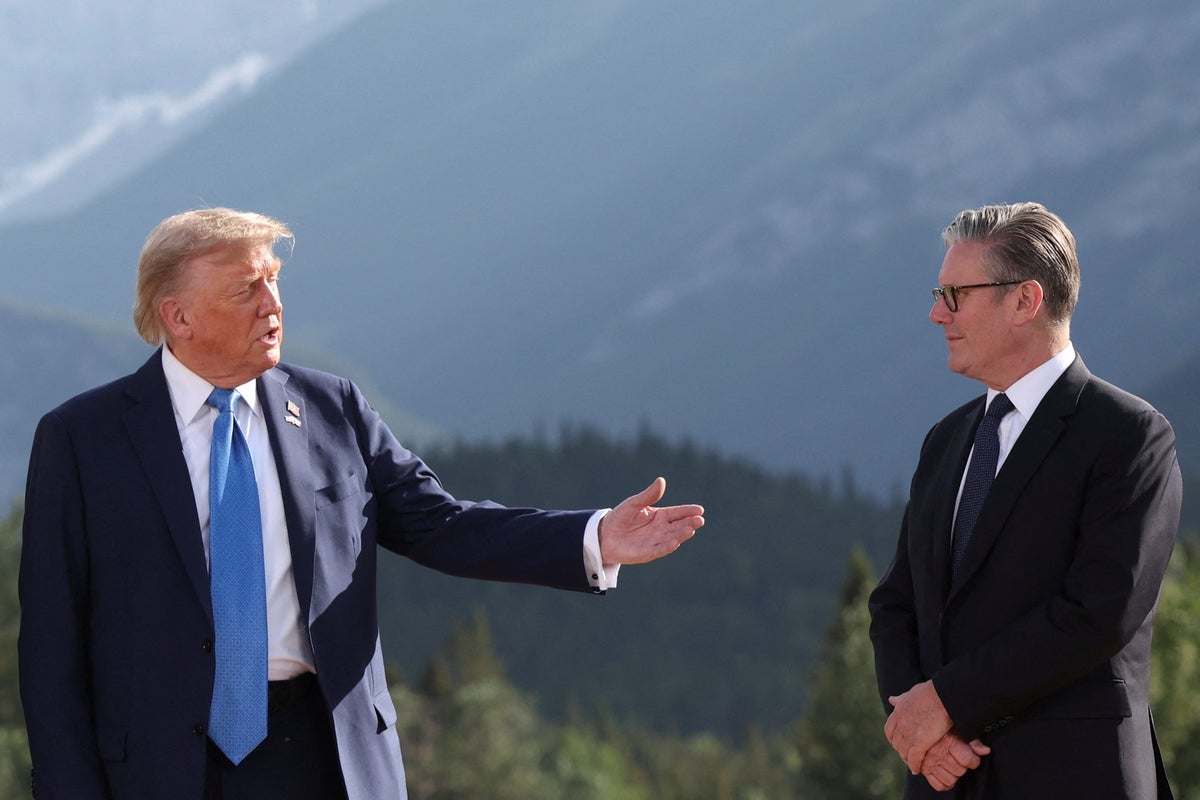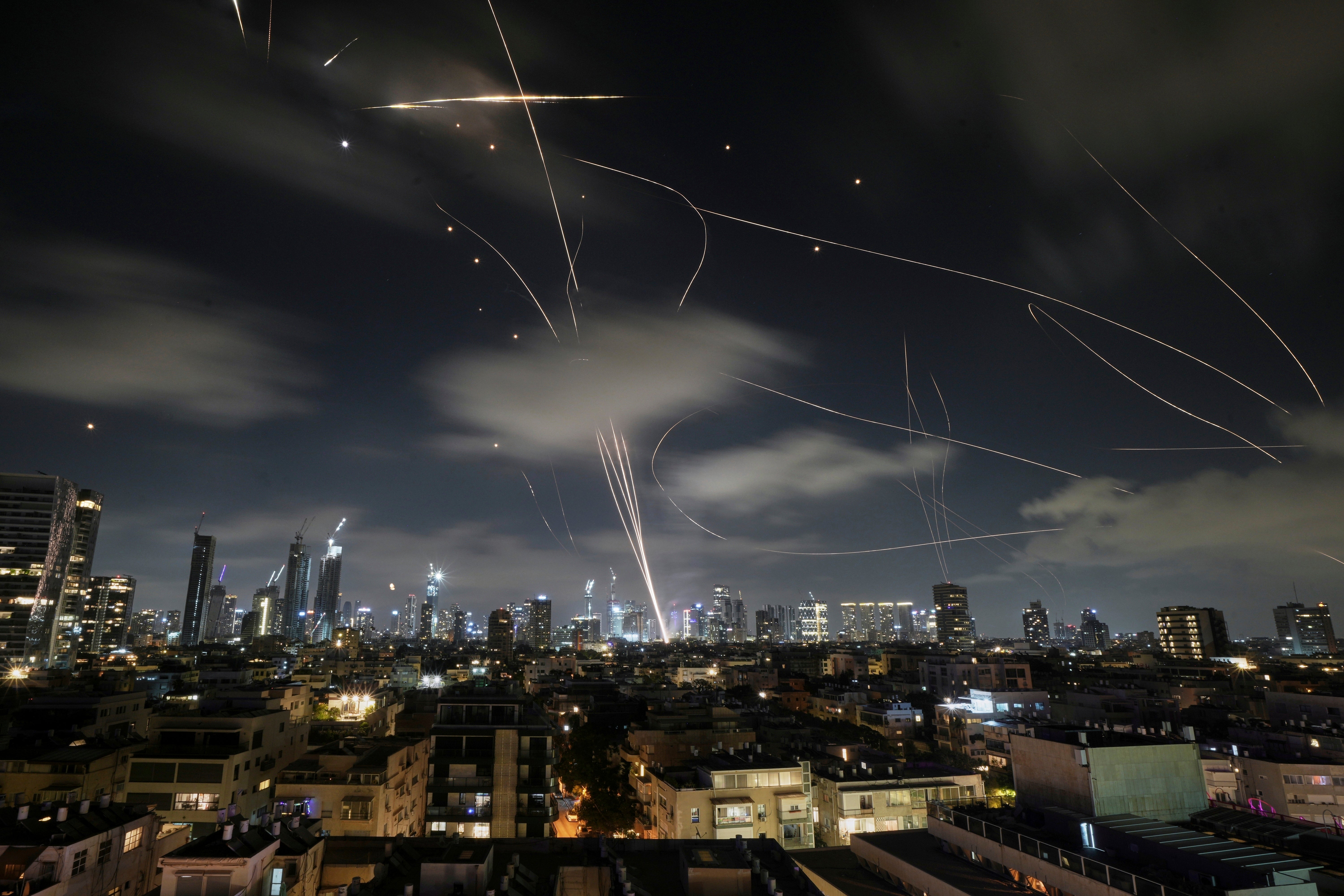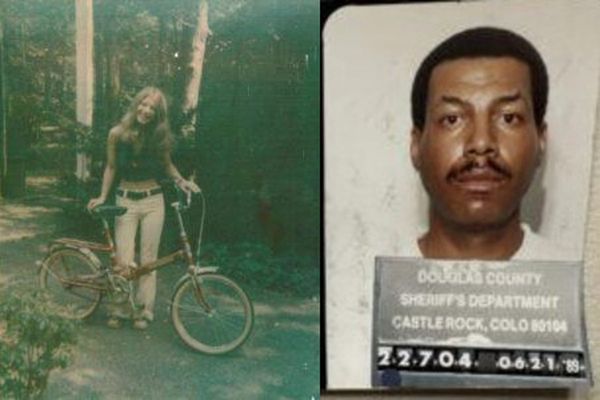
Donald Trump met with top military advisers over Israel’s conflict with Iran, just hours after Sir Keir Starmer insisted the US President was interested in de-escalating the fighting.
Mr Trump met with his National Security Council in the White House’s situation room shortly after a series of sabre-rattling social media posts, and following his abrupt exit from the G7 summit in Canada.
After the high-level meeting, news reports soon followed that the US President was considering joining in Israel’s strikes on Iran.
Sir Keir earlier said “nothing” he had heard from the US president suggested Washington was poised to get involved, as western leaders continue to press for de-escalation between the two, long-time foes.
But Mr Trump then suggested Iran’s supreme leader Ayatollah Ali Khamenei was an “easy target” whom the US could “take out” if it chose.
Writing on his Truth Social platform, Mr Trump said: “We know exactly where the so-called ‘Supreme Leader’ is hiding.
“He is an easy target, but is safe there – We are not going to take him out (kill!), at least not for now.
“But we don’t want missiles shot at civilians, or American soldiers. Our patience is wearing thin.”
Without further explanation he also wrote “UNCONDITIONAL SURRENDER!” on the platform.
And he suggested the US had “complete and total control of the skies over Iran”.

Mr Trump spoke to Israel’s Prime Minister Benjamin Netanyahu on Tuesday, according to a White House official.
Israeli military spokesman Brigadier General Effie Defrin said strikes were taking place around Tehran early on Wednesday after planes had targeted missile launch and storage facilities on Tuesday night.
Air raid sirens have been heard in parts of Israel while the US State Department announced it was closing the embassy in Jerusalem for the rest of the week.
Iran’s Revolutionary Guard said the latest attacks included the use of a hypersonic Fatah missile, while Israel claimed it had killed General Ali Shadmani who it described as Iran’s most senior remaining military commander.
Mr Trump left the G7 conference in Canada a day early to deal with what he called “big stuff” and urged Iranian citizens to evacuate from Tehran, which triggered speculation that American forces might join Israeli strikes.
Asked whether the US could get involved as the conflict threatens to spiral into all-out war, Sir Keir told reporters with him at the conference in Kananaskis: “There is nothing the president said that suggests he’s about to get involved in this conflict. On the contrary, the G7 statement was about de-escalation.”
In a statement on Monday, before Mr Trump’s departure, leaders reiterated their “commitment to peace and stability” but stopped short of calling for a truce between Israel and Iran.

In Westminster, not long after the American president’s social media posts, Defence Secretary John Healey suggested Mr Trump was “leading the calls” for a diplomatic solution to the conflict.
Speaking at the Royal United Services Institute’s land warfare conference in central London, Mr Healey said British Typhoon fighter jets could be used to help the UK’s allies in the region.
He said: “The deployment of Typhoons and other military assets the Prime Minister has announced are part of the moves to reinforce de-escalation in the region, to reinforce security in the region, and may also be used to help support our allies.”
Elsewhere, Israel’s ambassador to the UK, Tzipi Hotovely, told LBC her country is “absolutely not” intending to institute regime change in Iran.
“We are in this military operation for one reason, to defend Israel, to defend the region, to defend the world and to make sure that Iran won’t have nuclear capabilities,” she added.
How has Iran managed to breach Israel’s Iron Dome air defence system?
Business news live: Inflation higher than expected as FTSE opens flat
Iran-Israel latest: Israel ‘hits Iran centrifuges’ while Trump mulls joining strikes
HS2 opening to be delayed beyond 2033
Co-op offering 25% discount after cyber attack - here’s how to claim yours
Month-long heatwaves and 40C temperatures ‘could become UK’s new normal’







